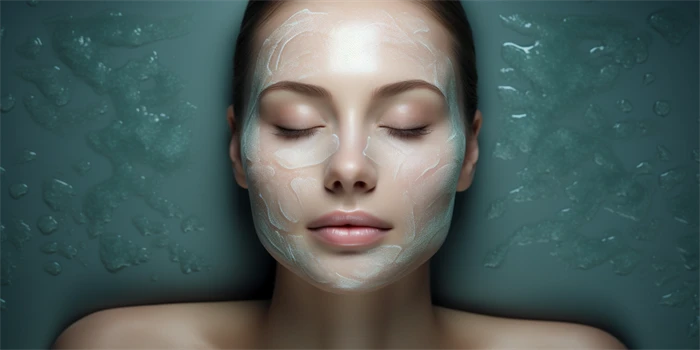If you are experiencing hair loss due to alopecia areata, you may have come across the medication called Regaine. In this article, we will provide you with essential information about Regaine and its effectiveness in treating alopecia areata. We will address common questions and concerns, discuss the different stages of the reader's journey, and provide actionable advice to help you feel empowered in your decision-making process.

The Basics of Alopecia Areata
Alopecia areata is an autoimmune condition that causes hair loss in patches on the scalp. It can also affect other areas of the body with hair, such as the eyebrows, eyelashes, and beard. This condition occurs when the immune system mistakenly attacks the hair follicles, leading to hair loss. Although the exact cause is unknown, factors such as genetics, stress, and environmental triggers may contribute to its development.
Understanding Regaine
Regaine, also known as minoxidil, is a topical solution approved by the FDA for treating hair loss, including alopecia areata. Its primary function is to stimulate hair growth by revitalizing dormant hair follicles. It works by widening the blood vessels, improving blood flow to the follicles, and promoting the growth of thicker, longer, and healthier hair strands.
Regaine is available over-the-counter in various strengths, including 2% and 5% solutions. It is essential to consult with a healthcare professional or dermatologist before starting treatment with Regaine to determine the most suitable concentration for your specific needs.
The Effectiveness of Regaine for Alopecia Areata
While Regaine can be effective in stimulating hair growth for some individuals with alopecia areata, it does not cure the underlying autoimmune condition. The extent of hair regrowth can vary significantly from person to person, with some experiencing full restoration of their hair while others see only limited improvement.
It is important to manage your expectations when using Regaine for alopecia areata. Results may take several months to become noticeable, and consistent usage is crucial in order to maintain the regrown hair. It is not uncommon for individuals to experience repeated cycles of hair loss and regrowth even with ongoing treatment.
Guidelines for Using Regaine
When using Regaine, follow these guidelines to maximize its effectiveness:
- Apply the solution directly to the affected areas of the scalp.
- Use it twice daily as directed and allow it to dry completely before styling your hair.
- Avoid excessive use of hair products that may interfere with the absorption of Regaine.
- Be patient and consistent with the treatment, as results may take time.
- If you experience any unusual side effects, such as scalp irritation or rapid heart rate, discontinue use and consult your healthcare professional.
Frequently Asked Questions (FAQ)
1. Is Regaine suitable for all types of hair loss?
Regaine is specifically approved for and most effective in cases of androgenetic alopecia (pattern baldness), and may not be as effective in other types of hair loss. Consulting a healthcare professional is recommended to determine the underlying cause of your hair loss before starting treatment with Regaine.
2. Can Regaine be used by women?
Yes, Regaine can be used by women. It is available in different strengths for both men and women to accommodate their specific needs.
3. Are there any side effects associated with Regaine?
The most common side effect of Regaine is scalp irritation, which may include redness, itching, or dryness. In rare cases, individuals may experience more severe allergic reactions or changes in blood pressure. It is important to discontinue use and seek medical advice if any concerning side effects occur.
4. How long should I use Regaine to see results?
Results may vary, and it can take several months before visible hair regrowth occurs. Consistent and long-term usage is essential to maintain the regrown hair.
5. Can I stop using Regaine once my hair has regrown?
Regaine is not a cure for alopecia areata, and discontinuing use may lead to a relapse of hair loss. Therefore, it is generally recommended to continue using Regaine as directed to maintain the regrown hair.
Remember, discussing your concerns and treatment options with a healthcare professional or dermatologist is crucial in managing your alopecia areata effectively. They can provide personalized advice and guide you through your journey of hair regrowth.
References:
1. Study on the effectiveness of minoxidil for treating alopecia areata - Journal of Dermatology, 2012.
2. FDA-approved label for Regaine.



